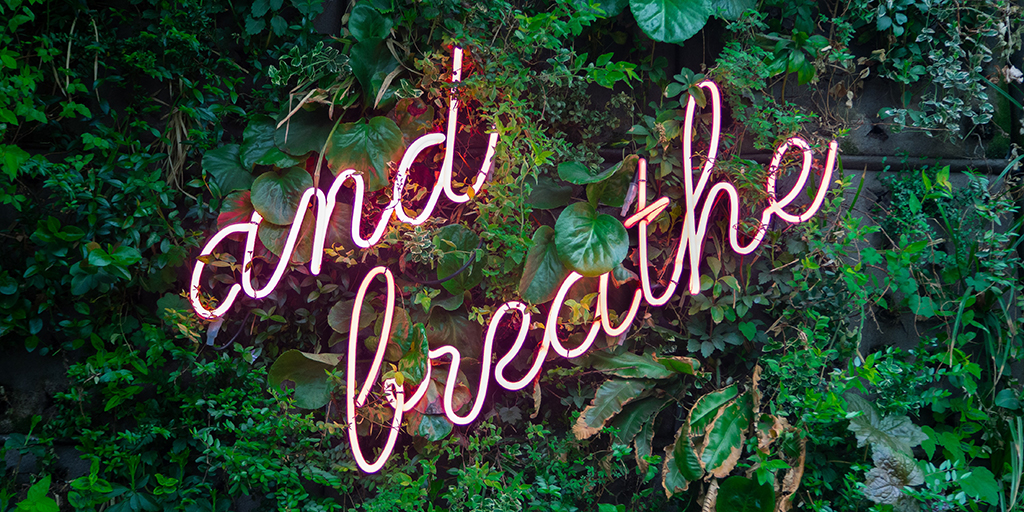
Yoga is an ancient practice that has transcended thousands of years. Yoga remains to be a primary exercise for the mind and body up to this day.
Ancient yoga masters from the classical yoga era up to the modern age have developed various types of yoga. Each has its own discipline and objectives, and varies in approaches.
This article provides a detailed guide for you to understand the different types of yoga and their benefits.
Our goal is to help you distinguish one type of yoga from the others. This way, you will discover your own style and start your yoga journey.
Table of Contents
What is Yoga?
For some, yoga means doing tricky and awkward poses that look uncomfortable and tough to execute. However, this is only the case on the surface.
Yoga is a discipline that brings a harmonious relationship between the mind and body.
Aside from being an excellent physical practice, yoga has influences of spiritual, mental, and philosophical approaches, making it a holistic exercise for everybody and every body.
The Origin of Yoga
Yoga comes from the word “yuj,” a Sanskrit word that means “to unite”.
The history of yoga dates back to ancient times in Northern India, over five thousand years ago.
As yoga spread in India and its neighboring regions, it also became popular in the Western world in the 1890s. Indian monk Swami Vivekananda translated Yogic texts from Sanskrit into English and shared this during his world tours.
Between the late 1800s to the early 1900s, yoga masters from India began traveling to the West and attracted many students.
Since then, many types of yoga have emerged, thus increasing its popularity in the rest of the world.
Benefits of Yoga
The benefits of yoga present a long list of physical, mental, and emotional advantages.
No wonder yoga has always been a leading practice that complements medical treatment. Physical therapists recognize the benefits of yoga as a way to manage and help some of your medical conditions.
Here are some of the top benefits of doing yoga.
Yoga promotes balance and flexibility
Balance and flexibility are the key benefits of yoga when it comes to your physical body.
The slow movements and deep breathing exercises increase your blood flow and warm up your muscles. Yoga can boost your strength while improving balance and flexibility.
Yoga relieves pain
If you experience pain in your shoulder, lower back pain, or neck pain, yoga can sometimes help relieve the discomfort.
Yoga has a lot of stretching techniques that can improve your mobility while easing your body aches. Experts even recommend yoga as a first-line treatment for chronic low back pain.
Moreover, gentle yoga can ease discomfort when you have arthritis.
Yoga promotes better sleep
According to research, a yoga routine during the night is beneficial for better sleep. Bedtime practice leads the mind and the body to sleep, which helps if you have a hard time sleeping.
Yoga boosts heart health
Your heart’s health also benefits from yoga.
Regular yoga practice may reduce your stress levels and inflammation, which can be detrimental to your heart if neglected.
Furthermore, yoga can decrease high blood pressure and excess weight, reducing the risk of developing heart diseases.
Yoga brightens your mood
As you do yoga poses and achieve a good stretch, your body releases tension and tightness and replaces it with alertness and energy.
Yoga can also remove negative feelings and stress, making you achieve a lighter and better mood.
The 13 Types of Yoga
As mentioned, there are different types of yoga today.
Introduced by yoga masters, these types of yoga differ in discipline, goals, and focus, making them distinct from one another.
Vinyasa Yoga
Vinyasa Yoga is popularly called “flow yoga” or “vinyasa flow.” This type of yoga belongs to modern yoga that came out of the Ashtanga Yoga tradition.
While Ashtanga Yoga focuses on posture, Vinyasa Yoga is all about consistency in movement and breathing.
How to practice Vinyasa Yoga?
Vinyasa Yoga aims for synchronized breathing and rhythmic movement throughout the entire practice. The class is mainly meditative, seeking a calmer mind even when you move.
Is this for you? If you are more into movement and want less stillness, you can try Vinyasa Yoga. This type of yoga fits whether you are a beginner or an expert yogi.
Restorative Yoga
Restorative Yoga is a restful practice that uses props to release tension and mental discomfort. While other types of yoga generally help reduce stress and remove pressure in the body, Restorative Yoga is a more focused type. You release mind and body tension with gentle and completely relaxing poses.
How to practice Restorative Yoga?
Restorative Yoga makes use of props during practice. Props such as cushions can support you when you do poses for at least five minutes or longer. This type of yoga is completely relaxing that you might even fall asleep.
Is this for you? If you are someone who wants to de-stress from your busy schedule without sweat, Restorative Yoga might just be for you. If you wish to experience gentle yoga that you can insert into your self-care routine, you can consider this type of you.
Hatha Yoga
Hatha Yoga is often called yoga for beginners. It comes from Sanskrit words that mean “for sun and moon,” symbolizing two opposing forces.
Hatha Yoga anchors in balance. It derives from various aspects such as strength, flexibility, physical and mental energy, and the body.
Rather than focusing on full force, Hatha Yoga aims for concentration and consistent practice.
How to practice Hatha Yoga?
A Hatha Yoga class has a mixture of yoga poses, breathing exercises, and meditation.
The class can also inject other types of yoga, such as Iyengar or Ashtanga, which are closely associated with Hatha Yoga.
Is this for you? Beginners can use the help of Hatha Yoga to get a dose of the different types of yoga. If you are also looking for gentle yoga that improves balance, then this one is for you.
Kundalini Yoga
Kundalini Yoga came from the Sanskrit word “Kundalini,” meaning “life force energy.” This style of yoga emerged in the late 1960s by teacher and spiritual leader Yogi Bhajan.
The yoga community also refers to Kundalini Yoga as prana or chi. Kundalini Yoga aims to unlock energy from within and cut stress and negative thoughts.
In Kundalini Yoga, you do not just implement poses. You also involve chanting, meditation, and singing in the process.
How to practice Kundalini Yoga?
A Kundalini Yoga class starts with a mantra. It is the main focus of the whole course. After identifying the direction, the style continues with breathing exercises and warm-ups.
Then goes the increase in intensity after each pose. You will get into final relaxation exercises and meditation as you end the course.
Is this for you? If you have an interest in singing and chanting, this yoga type might be for you. Kundalini Yoga highlights the physical aspect of the practice and an interesting spiritual side.
Ashtanga Yoga
Ashtanga Yoga is one of the oldest types of yoga. The word Ashtanga translates to the “eight limbs of yoga,” a set of practices first identified by sage yoga master Patanjali.
The practice of Ashtanga Yoga combines breath with movement and focus. Ashtanga Yoga is for meditation and cleansing of the mind and spirit.
How to practice Ashtanga Yoga?
Ashtanga Yoga covers specific poses classified into six series. You can move to the next pose if you have already mastered the previous posture. Your yoga teacher will determine if you can proceed to the next pose.
While Ashtanga Yoga dwells on the physical aspect, it has spiritual components that help maintain inner peace and mental clarity.
Is this for you? If you are looking for yoga with a physical and spiritual routine while working at your own pace, Ashtanga Yoga is just suitable for you.
You can also benefit from this type of yoga if you aim for internal purification.
Yin Yoga
Yin Yoga is a mixture of yoga and martial arts. It places its focus on the physical aspect of the relaxation of the muscles.
Yin Yoga is known to help increase circulation and boost flexibility.
How to practice Yin Yoga?
Yin Yoga classes focus on a yoga pose that targets the lower back, thighs, and hips.
This yoga is a slower type of yoga where you hold your poses for a minute and up to five minutes or more. Connective tissues in this area tend to relax and release tension, and aid in better circulation.
You can use props like bolsters, blankets, and blocks to help relax while doing Yin Yoga.
Is this for you? If you happen to be a workout buff and like to try a bit of yoga in your exercise, Yin Yoga is suitable for you. Yin Yoga gives you a nice stretch that aids in recovery after a long and heavy workout session. You can also choose this if you are eyeing a slow-paced type of yoga.
Iyengar Yoga
Iyengar Yoga is named after the founder B.K.S Iyengar who developed the practice in India. It centers on three aspects—alignment, timing, and sequencing.
A relatively static form of yoga, Iyenger Yoga focuses on maintaining an intended pose while respecting the limitations of your body.
How to practice Iyengar Yoga?
Iyengar Yoga makes use of various props to implement poses. The practice uses straps, blocks, and bolsters. You can also use benches, chairs, and walls. These props are for your stability and support against the risk of physical injury.
Is this for you? Iyengar Yoga is less intense than other types of yoga, making it a perfect fit for just about everyone. Iyengar Yoga is highly advisable if you have physical limitations because props can provide helpful support.
Hot Yoga
Hot yoga is set in a heated environment which can help improve your posture and blood circulation.
How to practice Hot Yoga?
Each class is 90 minutes and has a sequence of poses in a sauna-like room with 105 degrees and 40 percent humidity. Overall, you need to execute 26 postures and two breathing exercises.
Is this for you? If you are up for a sweaty session with a good level of intensity, Hot Yoga may be proper for you. Do note that teachers do not adjust to students on the required heat. You have to be able to withstand such heat for the entire duration of the session.
Prenatal Yoga
Expecting moms can do yoga too! Prenatal Yoga can be for women in all trimesters. This type of yoga promotes breathing and good pelvic floor work that enhances balance and flexibility.
Aside from the physical benefits of prenatal yoga, this practice helps form a bond with your baby and helps mothers prepare for labor and delivery.
How to practice Prenatal Yoga?
Prenatal Yoga starts with a brief relaxation and warm-up. After which, your yoga teacher will guide you to a standing vinyasa flow. This part incorporates pelvic floor and abdominal toning poses, which are beneficial for your labor later on. At this point, you will need the help of some props for more stability.
As you near the end part, you will go through some stretching then conclude with savasana. This chill-out yoga pose will be modified depending on what trimester you are in.
Is this for you? If you are expecting and still like to keep your body in healthy form, prenatal yoga will do wonders for you and the baby. Prenatal yoga is an ideal practice that can keep you and your baby healthy from pregnancy to delivery.
Power Yoga
Power Yoga has roots of Ashtanga Yoga. It is more active and has a quicker pace than other types of yoga. Power Yoga teachers can make their own interpretation as this type is less controlled.
Having a Power Yoga class can aid in strengthening your muscles while boosting your flexibility. In terms of benefits for the mind, Power Yoga can help keep the brain engaged while your muscles work.
How to practice Power Yoga?
Power Yoga starts with a warm-up before getting into the difficult part. Yoga poses vary depending on the yoga teacher, but they commonly serve as a cardio workout.
The emphasis in Power Yoga is on the flow from one pose to the other. The focus is on the transition with a fast-paced approach. Each class can get vigorous with flow movements that burn calories and work up a sweat.
Is this for you? If you need an intense and quick workout with lesser spiritual practice, Power Yoga can serve you best. Power Yoga is not for everyone. It is ideal for the moderately fit yogi who can withstand intensive asanas (poses).
Sivananda Yoga
Sivananda Yoga is from Hindu spiritual teacher Swami Sivananda. It has roots of Hatha Yoga with a touch of relaxation. The design of this yoga is for overall health and wellness.
How to practice Sivananda Yoga?
Sivananda Yoga starts with a pose with long and rhythmic breathing. It then moves to sun salutation and conducts 12 basic asanas. Most yoga classes end with savasana or the corpse pose.
Is this for you? Sivananda Yoga is open for levels and ages. If you are also looking for a gentler type of yoga that leans on the spiritual side, then Sivananda Yoga can be for you.
Aerial Yoga
Aerial or Anti-gravity Yoga is a relatively new style that has quickly garnered attention among yogis.
With the aid of a hammock, this type of yoga hangs your body upside down.
Aerial yoga helps blood circulation and decompresses the spin, which can help provide relief from pain and increased energy. It also promotes body awareness and overcomes the fear of heights and being upside.
How to practice Aerial Yoga?
In Aerial Yoga, you do traditional yoga poses while in a hammock that hangs on the ceiling. The hammock serves as a supportive prop where you can do poses like a downward dog or pigeon pose. You also use a silky and robust hammock for poses such as cocoon-link savasana at the end of the class.
Is this for you? If you are not afraid of being upside down and are looking for a non-traditional type of yoga, then Aerial Yoga is for you.
Acro Yoga
Acro Yoga takes on yoga poses but doubles the fun with a partner. This type of yoga builds trust and connection with your partner while injecting a sense of fun and excitement into your usual yoga practice.
How to practice Acro yoga?
You need a partner to practice Acro Yoga. Your partner serves as the base on the ground while you are the flyer who will execute yoga poses. You will also need a spotter who will oversee both of you for safety purposes.
Is this for you? If you want to try a more adventurous side of yoga with a partner—your significant other or a friend, you can try Acro Yoga. You can also consider this if you are looking for a more interactive type of yoga.
How to Choose the Perfect Type of Yoga for You?
Now that you know about the 13 types of yoga, you can try some yoga classes and see which best fits you and your style.
Understanding these types of yoga may seem overwhelming and quite confusing for beginners. However, this should not be the case. Good knowledge of each type of yoga can help you determine what suits you best.
Consider these factors when looking for your own style.
Identify your level of experience
You need to consider your level of experience. Are you a beginner, or have you been practicing the same type of yoga for years, and you would like to explore other styles?
If you are a beginner, you may want to start with some of the more gentle yoga types, which can give you an excellent introduction to basic yoga poses. As you go further, you will choose a more adventurous type of yoga, depending on your interest.
Know your capabilities as well. Are you currently pregnant? Then a Prenatal Yoga is perfect for you. If you have physical limitations, consider choosing gentler yoga for individuals with disabilities.
Determine your goal
When you embrace yoga practice, you need to have a goal. Be it for physical health purposes, spiritual development, mental clarity, or improvement of breathing; an objective is vital in order to find your own style.
Ask yourself if you are doing yoga as a physical exercise or if you intend to use yoga practice to de-stress, relieve pain, or just relax.
Each type of yoga has a different approach and discipline. It is important to be in the right type of yoga so you can maximize all its benefits.
Determining the type of yoga also depends on your goal, which you need to establish first.
You can try a couple of yoga styles with the guidance of your yoga teacher, and see how it works for you.
You can also book an online private yoga class to get an introduction to different yoga types from certified yoga instructors, all from the comfort of your home.
Getting Started with Beginner Yoga
Are you ready to start with your beginner yoga class? You need to arm yourself with basic yoga tips and essentials to assist you.
What Yoga Equipment Do You Need To Get Started?
Read Our Guide: Yoga Equipment For Beginners
Private Yoga Classes
Yoga can be an incredibly relaxing activity for the mind and body. If you want to explore these types of yoga and find out what works for you, a private yoga class may help you discover your style.
Having a reliable and understanding yoga teacher is also an integral part of discovering your style. It is best to work with a yoga expert who can guide you in the process and lets you find your own style.
Our private yoga classes give you the freedom to experience your type of yoga. Your yoga teacher can design a course for you and your goals. What’s great is that you can invite your friends and family with you so you can all share the wonderful experience.
Are you ready to discover your own style? Book a yoga class with us today or send us a message to discuss how you can get started.


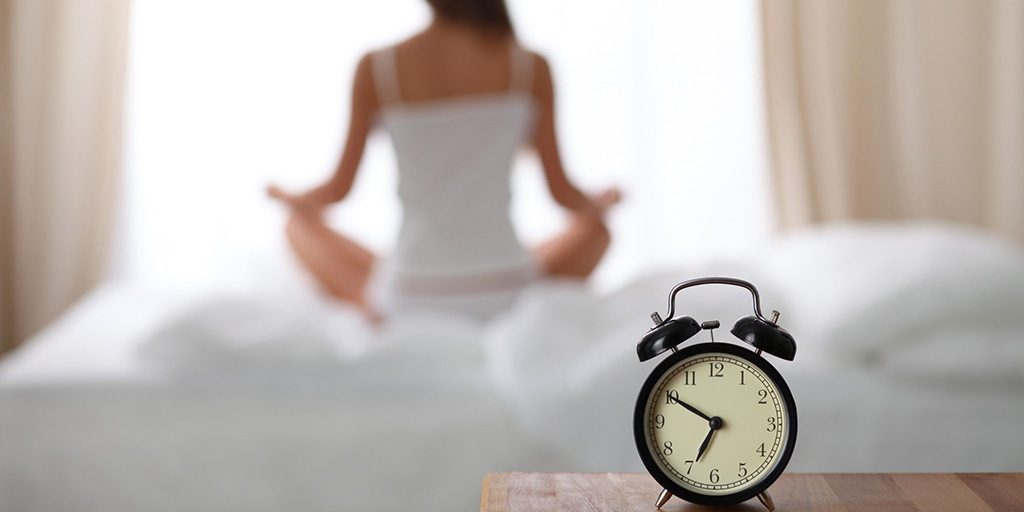
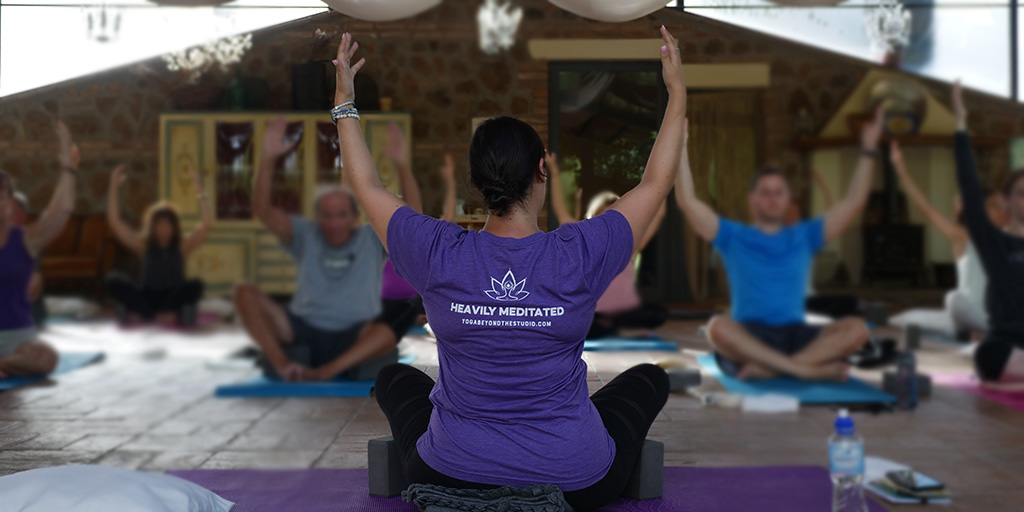
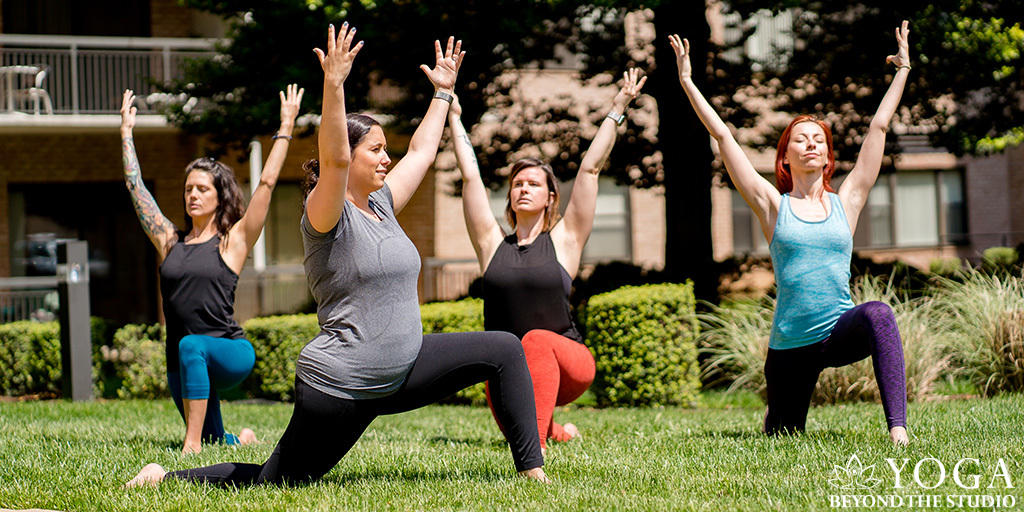
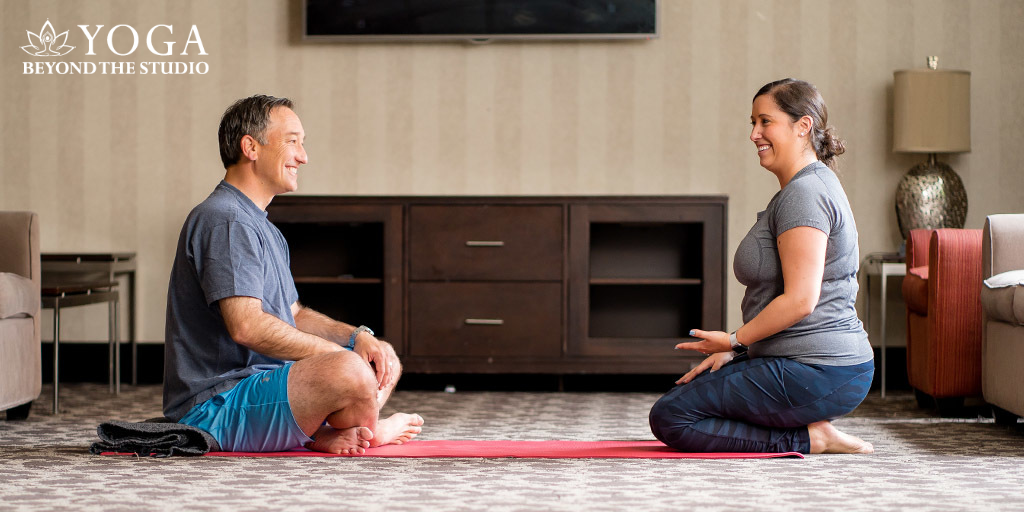
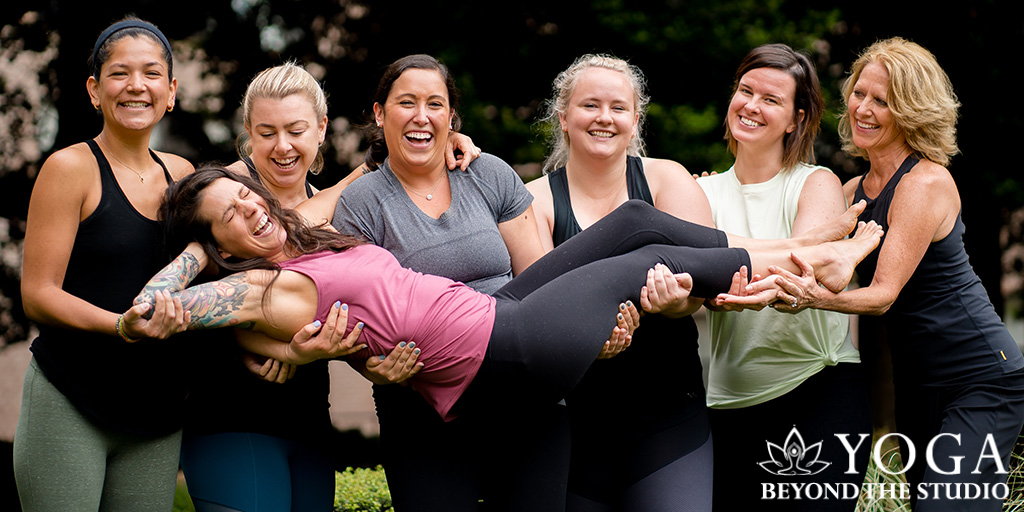
Comments